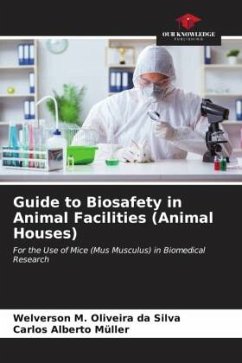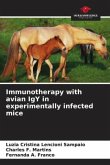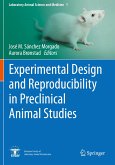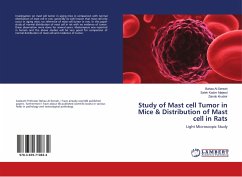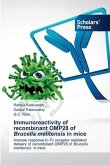Institutions that use animals for scientific purposes must be committed to good vivarium practices in teaching, research and technological development activities, always in accordance with the principles of biosafety, in order to avoid or minimise possible harm to human health, animals and the environment and to guarantee the quality of the projects developed, while preserving animal welfare. To this end, this Biosafety Guide has been drawn up covering the following topics: a) the regulations applicable to biosafety, occupational safety and the use of laboratory animals; b) the construction and environmental aspects of vivariums; c) the environmental risks to which professionals are subject and the main ways of preventing or reducing them.

